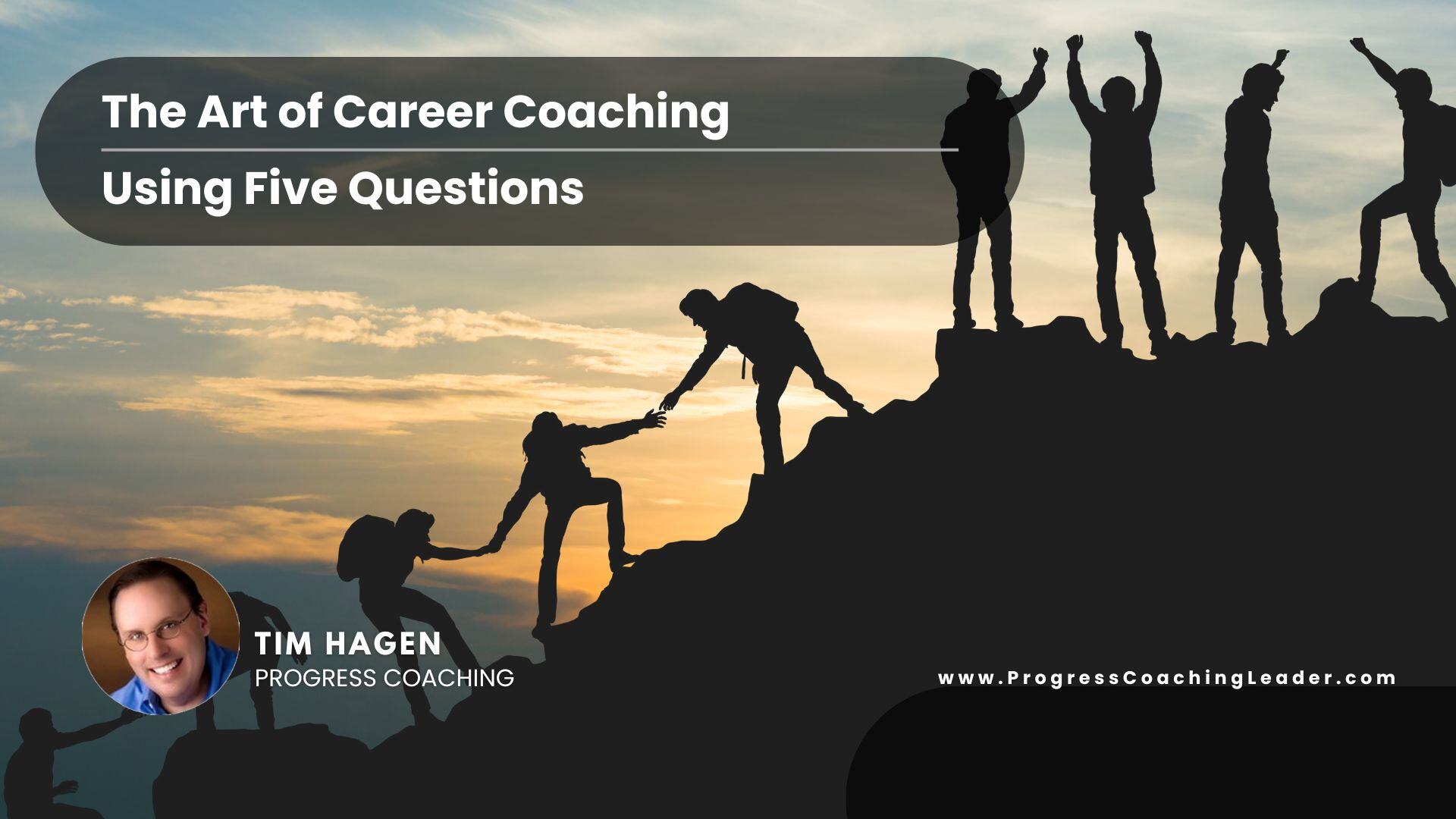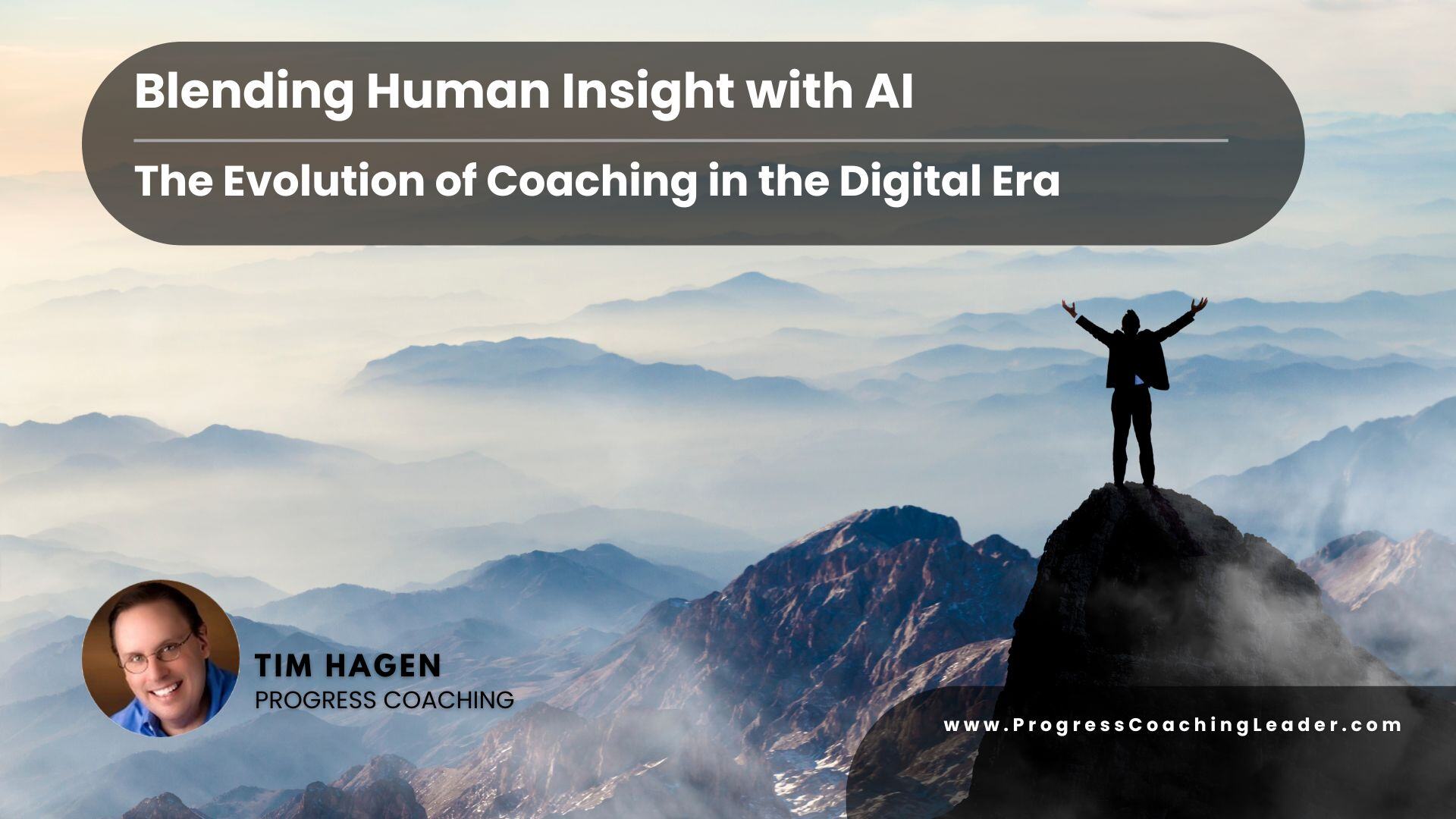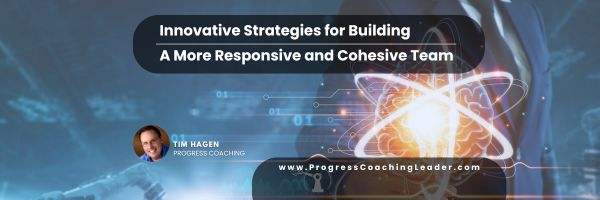
Often, organizations will deploy a workplace engagement study to ascertain their employee's happiness and level of engagement. This could include their salary, their benefits, their engagement levels, their motivation, their team dynamics, or what have you. The purpose of the engagement study is to find out what's going on in the workplace. Often, organizations will do this on an annual basis which quite frankly is just not enough. Often, the results will be shown to an executive or upper management team only to have it sit there.
The ultimate goal of a workplace engagement study is to find out what's going on in the workplace, but more importantly, to position managers and leaders to do something about it. Let's for example say that we get a low score in some study for team cooperation. If we get a low score, it is incumbent upon that manager to do something with it, but it begs the question, what if the manager does now know what to do? What if they don't know what to say or how to have the conversation? This is where coaching comes in to play. At Progress Coaching we have developed a coaching strategy called Mapping. Mapping is where we apply situational results to our progress coaching strategies which includes questions, activities, learning projects, and supplemental coaching strategies speaking directly to the output of an engagement study. This helps bridge the gap between results and what to do.
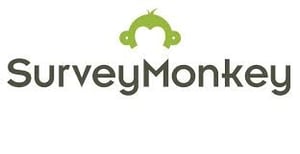 Coaching is a conversation that a manager can have with his or her employees specific to a set of results. This also prompts the manager to know what to say, know what questions to ask, be aware of activities that can ultimately drive those engagement scores up. If you're looking for a really cool platform and a platform that can measure your workplace in a very seamless way, check out Survey Monkey's Platform Engage (https://engage.surveymonkey.com). It measure five core areas, those areas are job satisfaction, personal engagement, visible future, team dynamics, purpose alignment. Contact Parker Smith for More Info.
Coaching is a conversation that a manager can have with his or her employees specific to a set of results. This also prompts the manager to know what to say, know what questions to ask, be aware of activities that can ultimately drive those engagement scores up. If you're looking for a really cool platform and a platform that can measure your workplace in a very seamless way, check out Survey Monkey's Platform Engage (https://engage.surveymonkey.com). It measure five core areas, those areas are job satisfaction, personal engagement, visible future, team dynamics, purpose alignment. Contact Parker Smith for More Info.
For example, let's take visible future. What if an employee feels like they don't have a future but they are highly productive employee that is respected and works well with others? The organization cannot afford to lose this person. But what if they don't see a visible future? This conjures up the need for the manager to have a very carefully crafted conversation. What if we have someone who's not satisfied in their job and they feel like they don't have any autonomy or control over what they do? What if there's a balanced act between the manager and the employee as it relates to autonomy which is a subset of the job satisfaction area within the Engage platform? This again challenges the manager to not only have a coaching conversation but to know what questions to ask, and more importantly, how to strategically position the conversation so they don't give up full control or autonomy in areas they simply cannot. The goal of measuring the workplace is to get data and information to position us to not only do something about it but ultimately position us to retain talent and grow top talent.
Here is a short podcast on workplace studies.

